Liberal MP Catherine Cusack calls on John Barilaro to resign over koala debacle
A bitter clash has erupted in the state government with a Liberal MP calling on deputy premier John Barilaro to resign after demanding changes to the new koala protection laws.

NSW
Don't miss out on the headlines from NSW. Followed categories will be added to My News.
- ‘I love money’: Inside Matthew Doyle’s Insta-perfect world
- Covid masks with ‘gassy smell’ leave nurses gagging
Gladys Berejiklian has been forced to step in to broker a truce among her warring Coalition MPs over the new koala laws, even as a Liberal MP called for Nationals leader John Barilaro to resign.
The Sunday Telegraph can reveal the Premier has agreed for the controversial new koala protection laws to be brought back to Cabinet to resolve what she refers to as “green versus brown” issues after a series of crisis talks with Nationals failed to reach a resolution.
The move followed a delegation of angry National MPs led by Mr Barilaro meeting with the Premier on the last sitting day to raise their issues with the Koala Habitat Protection State Environmental Planning Policy.
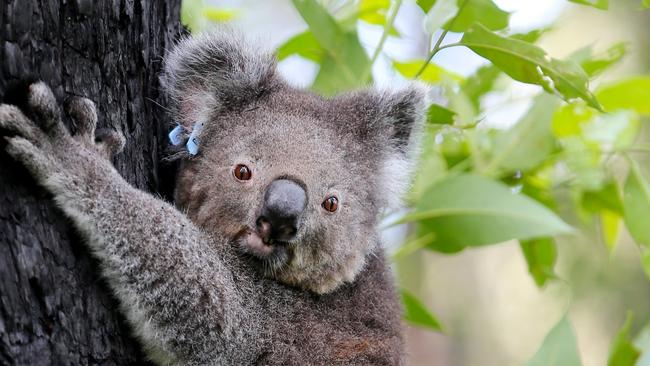
MORE FROM LINDA SILMALIS
ICAC named and shamed demand apology
Minister to close child protection loophole after teacher porn case
Mr Barilaro also compared the issue to the greyhound racing ban that ruined Mike Baird’s career as premier, saying the koala policy was “greyhounds on steroids”.
It also comes as North Coast MLC Catherine Cusack accused the Deputy Premier of “hurling a grenade into Cabinet” over a planning policy that had already become law.
The policy, which came into effect in March, requires landowners seeking a rezoning to work with councils on a koala management plan should identified habitat be found on the property. However, it has come under fire by Nationals for increasing the number of tree species protected from 10 to 123, some of which they claim are invasive species.
Clarence MP Chris Gulaptis last week threatened to move to the crossbench unless it was reviewed.
Ms Cusack said the Nationals should have spoken up about their concerns when the policy was first flagged.
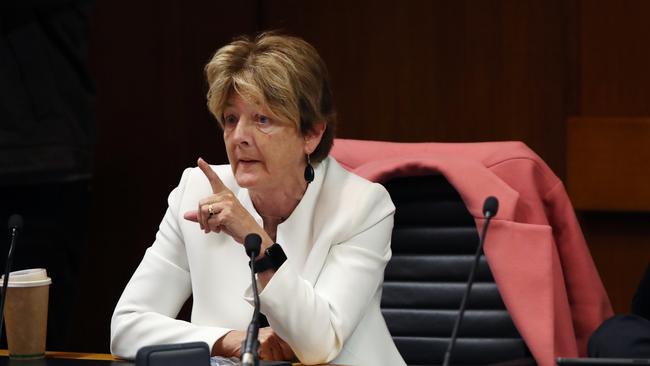
She said Nationals leader Mr Barilaro did not oppose the policy when it was on public exhibition. “This ludicrous demand to repeal a properly made SEPP that has been years in the making and gone through proper process — that he himself agreed to — is wrongheaded on every level,” Ms Cusack said.
“It seals the fate of the koalas we are pledged to protect and it steps outside of Cabinet, putting a gun to the Premier when she is fighting a pandemic.
“His judgment is so impaired this simply cannot continue. He needs to make way for someone who can.”
A recent state parliamentary inquiry in to koalas heard as many as 10,000 — a third of the state’s total koala population — may have perished as a result of the recent drought and bushfires.
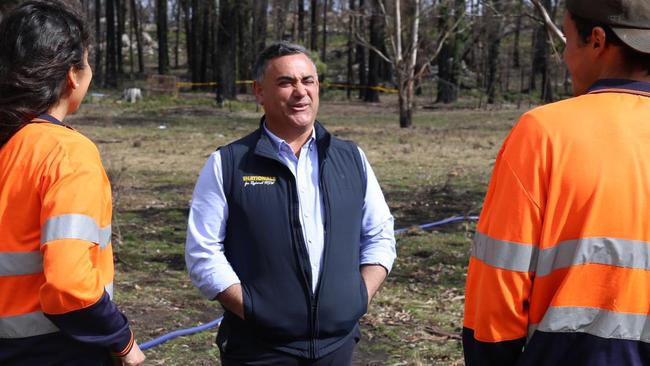
Work began on the koala plan almost five years ago, with the aim of reversing the decline by preserving habitat.
A senior Liberal source said it was more the “saltwater Nats” in coastal seats that had a problem with the policy rather than the “freshwater Nats” in rural areas.
Mr Barilaro, who said the Nationals had been “blowing up” during the consultation period, accused Ms Cusack of “being used (by an) inner-city green clique”.
“This is not about foresters, this is not about developers, this is about farmers wanting to continue doing what they’re doing without more green tape,” he said “The SEPP is bigger than greyhounds. All it does is strip farmers of their property rights.”
NATIONAL TRAGEDY AS ENTIRE KOALA POPULATIONS WIPED OUT
By Jack Morphet
ENTIRE koala populations on the NSW north coast were wiped out by the Black Summer bushfires, according to researchers,
The first scientific study to quantify the carnage across six major fire grounds on the north coast found last summer’s devastating bushfires had killed almost three quarters of the area’s koalas.
No survivors of the koala population in state forest at Kiwarrak, between Newcastle Port Macquarie, had been found, according to research commissioned by World Wide Fund for Nature Australia.
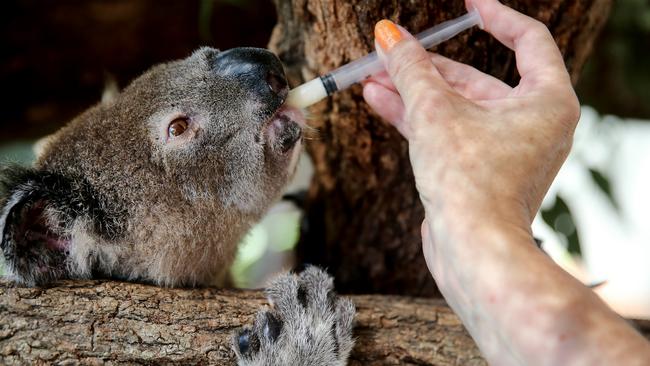
Rural schools to get 16 new FIFO psychologists from 2021
Sydney father dies trying to save family dogs from fire
Other north coast koala populations to have severely declined included Hillville Road at Khappinghat Nature Reserve (87% fall), Busby’s Flat at Royal Camp State Forest (72% fall), Wardell (70% fall), Busby’s Flat at Braemar State Forest (47% fall) and Lake Innes State Conservation Area (34% fall).
Researchers surveyed 123 sites at the six fire grounds, where they looked for unburnt koala poo as a sign of life.
But in a glimmer of good news, the research found koalas were five times more likely to survive fires where forest canopies were unburnt, or partially burnt, compared to fully burnt.
Download our app and stay up to date anywhere, anytime
Scientists recommended focusing conservation efforts on forests with unburnt or partially unburnt canopies where koalas might have survived. The areas can be located using the Google Earth Engine Burnt Area Map.
“We’ve got to identify where the remaining koala populations are located in each fire affected area, the size of each population, and focus our conservation efforts on those populations which remain viable,” koala ecologist Dr Stephen Phillips said.
“We need to wrap them in cotton wool.”
KOALA TREE LAWS CUT TO SAVE FIRE REBUILD COSTS
By Ben Pike
Thousands of people rebuilding their homes following the state’s worst ever bushfire season will now be able to cut down trees without checking for koalas.
The state government has made changes to planning laws which forced people rebuilding in areas impacted by the 2019-20 bushfires to undergo a koala survey.
The bureaucratic process — which can cost up to $6000 and take more than three weeks to complete — has been highlighted by some councils as one of the major impediments to individuals rebuilding on their land.
This, combined with the fact that some south coast locals report not seeing a koala for two decades or more, have added to complaints about the laws.
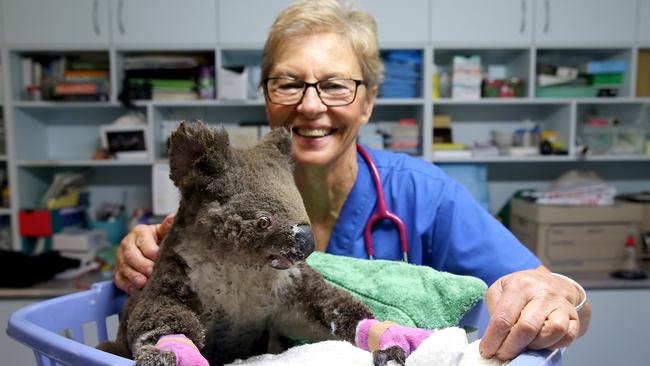
MORE FROM BEN PIKE
Plans approved for mini city in Sydney’s north
Elite schools urged to stop veil of secrecy on suicides
Planning Minister Rob Stokes said the change is supported by a number of checks and balances to ensure development does not impact koalas, including requiring any rebuilding of homes destroyed by fire in the last five years to occur on the same site.
“What those people went through was devastating and while protecting the habitat of our koalas is vital, we must make it easier for those who lost everything in last summer’s traumatic bushfires,” Mr Stokes said.
“NSW has faced an unprecedented series of catastrophic events from flooding, bushfires to COVID-19.
“Our regional communities are doing it tough and we need to support them in any way we can.”
The amendment will enable an Asset Protection Zone to be created around the damaged or destroyed home and any clearing and development within this area will not need to consider the koala state environment protection policy, saving applicants time and money in the development application process.
Eurobodalla Mayor Liz Innes said the south coast area lost more than 500 homes to the infernos, with 80 per cent of the region’s forest “devastatingly impacted”.
She said she has had homeowners on the phone crying because they tell her “I just can’t handle yet another hoop to jump through”.
”We have not had koalas down here for a very long time,” she said.
“That is not to say that over time they may be re-established but at this stage this survey is one of those requirements that didn’t make any sense.
“It is a cumbersome and expensive process.”
A World Wide Fund for Nature Report estimates that up to 10,000 koalas — or about one-third of the state’s population — perished in the 2019-20 bushfires and recent drought.
NSW lost 2439 homes.
